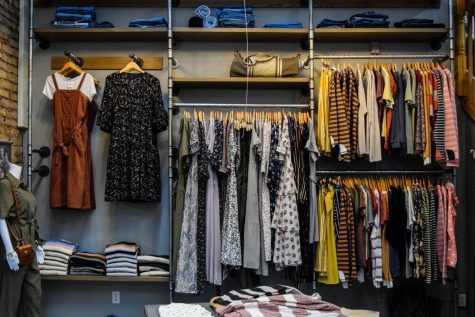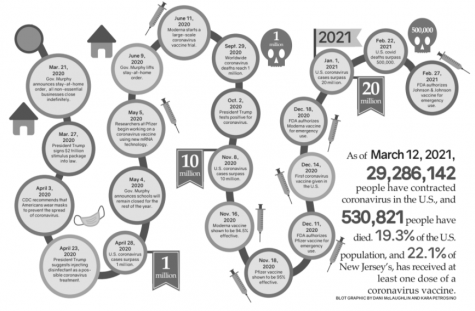Gossip takes on many forms as scandal strikes
November 24, 2021
For the last year and a half we’ve worn masks, fighting against the plague-like nature of COVID-19, but even social distancing and online schooling have not successfully fought against the plague-like nature of high school gossip. Perhaps teenagers haven’t lived enough to know the damaging nature of gossip, or perhaps gossip stems from the desire to break up days of ceaseless uniformity, but no matter the reason, gossip seems to be inevitable.
As expected, the growth of technology brings about new, more permanent ways to spread such gossip. In the case of CHS’ neighbors, Wall High School, gossip by way of technology — the emergence of a video allegedly depicting sexual assault — has led to the exposure of years of harassment and intimidation reports. Through what would perhaps be viewed as gossip, not only is Wall High School reevaluating its environment, but the state of New Jersey is investigating the effectiveness of its anti-bullying laws and practices.
Months before the emergence of the video, gossip proved to hold significance within the walls of CHS. In the wake of several incidents in which an outside, male photographer engaged in conduct that caused the discomfort of female students, many of those affected remained silent. After hearing first or second-hand accounts — gossip — of what others experienced, those respective students chose to come forward. Such gossip led to the photographer’s expulsion from the school, prohibition of return, and an investigation by the in-house newspaper. Without students having spread such gossip perhaps the conduct of the photographer would have continued, unregulated, within CHS.
CHS is, by nature, an invasive environment. You can hardly turn a corner without being caught in a video, a photograph or an interview, yet there is a mutual acceptance that this is simply the way things are. This doesn’t strip students of all privacy in their lives, it does, however, create the standard that news is typically known. When there’s an active newspaper for a school of only 300 kids, little news goes undocumented.
These students are prepared to be part of the news. However, there is no level of preparation that teaches those in the CHS walls what to do when suddenly, there are news trucks parked right next to the property and the news is right in your backyard. No level of mass media classes ever truly prepares you to see breaking news take place so close by.
The “CHS bubble” as some might refer to it is a very real phenomenon in which students don’t always recognize what sets their school apart from others. In this case, it’s a story of high school bullying and assault that is so sensational it has reached the grasp of national news outlets. There is a terribly uncomfortable feeling that comes with the incomprehensible, and in trying to understand it, this is what leads to gossip. In trying to understand it, students piece together information that they have heard, generally unconcerned with the truth of the story they’ve strung. From this gossip springs widespread misinformation, a vicious game of “he said she said.”
Such outcomes in the wake of such a nearby, sensationalized investigation, grant a profound reminder of the ramification of our words and the importance of collecting all information before choosing to spread such information.









